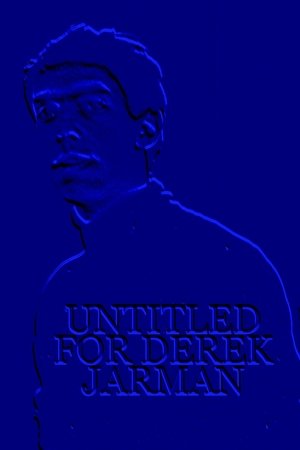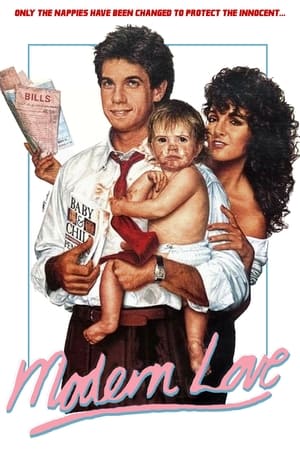
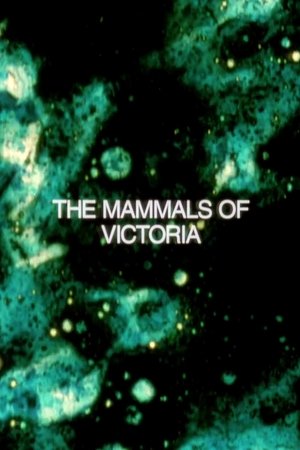
The Mammals of Victoria(1994)
The film begins with a series of horizontally running ocean tide waves, sometimes with mountains in the background, hand-painted patterns, sometimes step-printed hand-painting, abstractions composed of distorted (jammed) TV shapes in shades of blue with occasional red, refractions of light within the camera lens, sometimes mixed with reflections of water. Increasingly closer images of water, and of light reflected off water, as well as of bursts of fire, intersperse the long shots, the seascapes and all the other interwoven imagery. Eventually a distant volleyball arcs across the sky: this is closely followed by, and interspersed with, silhouettes of a young man and woman in the sea, which leads to some extremely out-of-focus images from a front car window, an opening between soft-focus trees, a clearing. Carved wooden teeth suddenly sweep across the frame. Then the film ends on some soft-focus horizon lines, foregrounded by ocean.
Movie: The Mammals of Victoria
Recommendations Movies
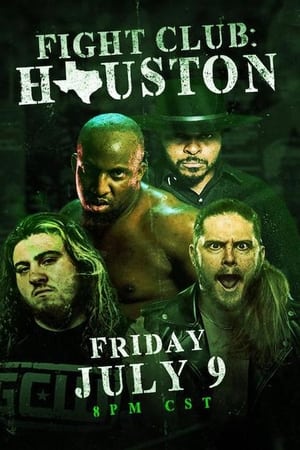 7.5
7.5GCW: Fight Club Houston(en)
On July 9th GCW presents Fight Club Houston straight from Premier Arena in Houston, Texas. The lineup is almost completed, check it below: AJ Gray vs Bryan Keith Nick Gage vs Sadika Joey Janela vs Dante Ninja Mack vs Jack Cartwheel Effy vs Gino Jimmy Lloyd vs Carter Lucha Scramble .... more to be added soon!
 6.7
6.7Gasping for Air(tl)
When his sister disappears after leaving their home in hopes of singing stardom, Luis tracks her down and discovers the grim reality of her whereabouts.
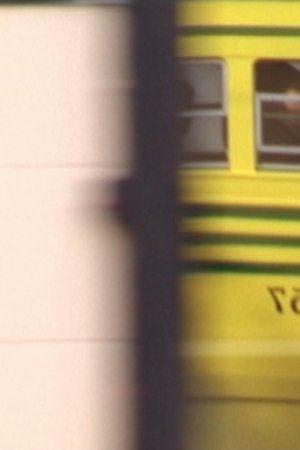 5.7
5.7way(en)
San Francisco filmmaker Konrad Steiner took 12 years to complete a montage cycle set to the late Leslie Scalapino’s most celebrated poem, way—a sprawling book-length odyssey of shardlike urban impressions, fraught with obliquely felt social and sexual tensions. Six stylistically distinctive films for each section of way, using sources ranging from Kodachrome footage of sun-kissed S.F. street scenes to internet clips of the Iraq war to a fragmented Fred Astaire dance number.
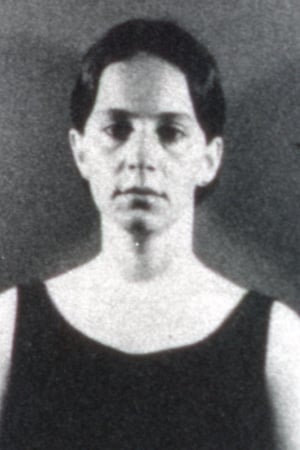 6.8
6.8Matrix(en)
"MATRIX is a flicker film which utilizes 81 still photographs of my wife's head. It is a film dependent upon variation of intense light changes by calculated combinations of black and white frame alternations with exposure changes. Throughout, the light intensity rises and falls as the head rotates in varying directions within a 360 degree frontal area." — James Cagle
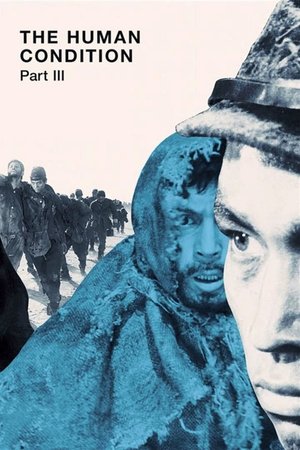 8.4
8.4The Human Condition III: A Soldier's Prayer(ja)
After the Japanese defeat to the Russians, Kaji leads the last remaining men through Manchuria. Intent on returning to his dear wife and his old life, Kaji faces great odds in a variety of different harrowing circumstances as he and his fellow men sneak behind enemy lines.
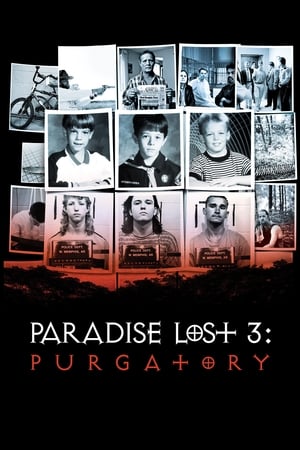 7.3
7.3Paradise Lost 3: Purgatory(en)
A further investigation into the arrest of three teenagers convicted of killing three young boys in Arkansas who spent nearly 20 years in prison before being released after new DNA evidence indicated they may be innocent.
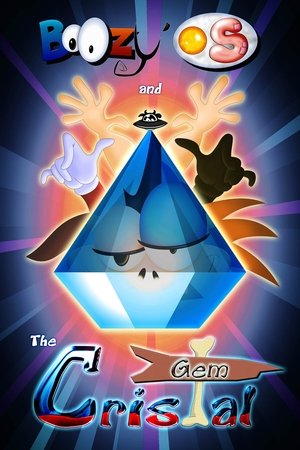 7.9
7.9BoOzy’ OS and the Cristal Gem(fr)
Coming from outer space, an intergalactic cow invites BoOzy’ OS to join the biggest animation film festival of the universe. BoOzy’ imagines himself winning the competition and decides to seek the famous "Cristal" of Annecy, with the help of OSmic the Hedgeh' OS and other cool dudes. But the dark paunchy Mari' OS is determined to recover the loot before him.
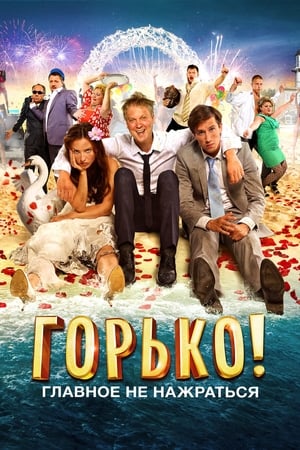 5.8
5.8Bitterly!(ru)
Progressive and talented Natasha and Roma dream of a European wedding by the sea - but Natasha's stepfather procured a different scenario. Rough official of the city administration considers the celebration as a springboard for their careers, and seeks to arrange all the «how to». Young awaits an unforgettable evening in the restaurant «Golden» with a complete set of the tedious rites. Not fight, the guys decide to spend their dream wedding in secret from conservative relatives. But by accident both celebration come together.
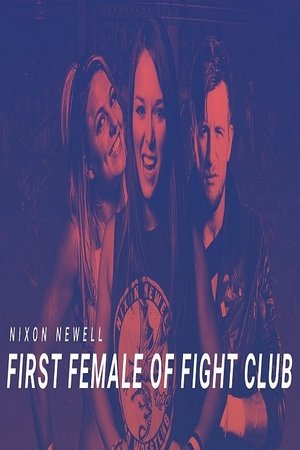 8.0
8.0Nixon Newell: First Female of Fight Club(en)
Since 2013, Nixon Newell has travelled the world as a professional wrestler. This is the story of her goodbye to independent wrestling.
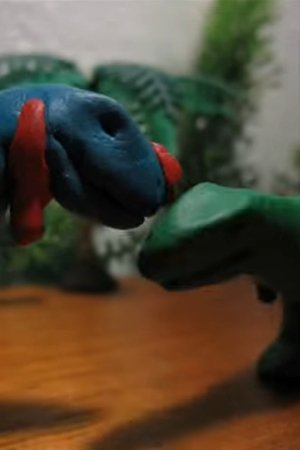 6.9
6.9Jurassic Fight Club - Cannibal Dinosaur Claymation(en)
A Short claymation version of Jurassic fight club's first episode.
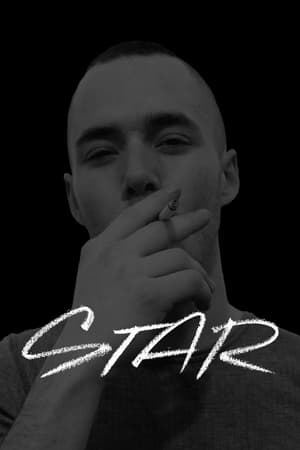 6.0
6.0Star(fr)
Star is a young graffiti writer, the best in his city, Paris. His reputation attracts him as much into art galleries than in the police precincts. Accused of vandalism, he faces jail. Despite the threat, he decides to go to Rome with his crew in search of the meaning of his art.
 4.9
4.9It's a Wonderful Binge(en)
Like the original film, the sequel is set in a near future where all drinking and drugs are banned except for on one glorious day known as The Binge. This year, that day happens to miraculously land on Christmas.
 6.5
6.5F.O.T.O.G.R.A.F.(ru)
A short film based on the S.T.A.L.K.E.R. fictional universe, combining the “Picnic to the curb” of the Strugatsky brothers, “Stalker” by Andrei Tarkovsky and the “Exclusion Zone” location around the Chernobyl NPP. According to the scenario, an agent of the peacekeeping forces, nicknamed "The Photographer", arrives in the Zone to prevent a global scale catastrophe, which could be caused by an experiment that went out of control at a scientific lab.
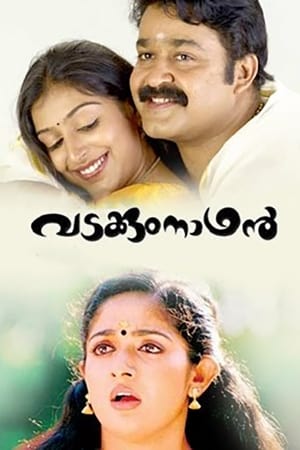 6.0
6.0Vadakkumnadhan(ml)
Iringannoor Bharathan Pisharody, professor at the Sanskrit University, a very knowledgeable man with a keen interest in the Vedas, astrology and Kathakali, author of several critical works and winner of numerous awards, is the central character of Vadakkum Nathan. Meera (Padmapriya) is his student and murapennu. Both families have agreed to their wedding and a date has been fixed. But when the auspicious day dawns and the bride arrives at the mandapam the groom has disappeared. Years pass. No one knows Bharathan's whereabouts.Then one day his mother and younger brother on a pilgrimage to the holy shrines of Haridwar, Kedarnath, Rishikesh and Rudraprayag, meet Bharathan on the foothills of the Himalayas. From there unfolds the touching story of Vadakkum Nathan.
Your Name(en)
Two teenagers discover they are magically and intermittently swapping bodies. When a disaster threatens to upend their lives, they must journey to meet and save their worlds.
Similar Movies
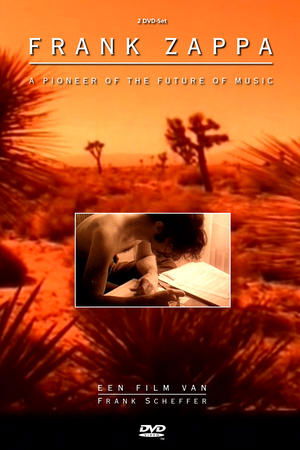 0.0
0.0Frank Zappa: A Pioneer of the Future of Music(en)
Frank Scheffer's (collage like) documentary on the American composer and rock guitarist Frank Zappa, as broadcast by VPRO in the Netherlands April 22,2007. Most of what’s on here is seen before, particularly in Roelof Kier’s 1971 documentary and/or Scheffer’s own documentary “A present day composer refuses to die”. But there is some new stuff too, particularly interviews with Denny Walley, Haskell Wekler, Elliot Ingber and Bruce Fowler.
 7.5
7.5Berlin: Symphony of a Great City(de)
A day in the city of Berlin, which experienced an industrial boom in the 1920s, and still provides an insight into the living and working conditions at that time. Germany had just recovered a little from the worst consequences of the First World War, the great economic crisis was still a few years away and Hitler was not yet an issue at the time.
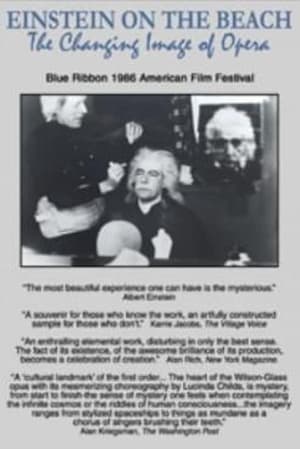 10.0
10.0Einstein on the Beach: The Changing Image of Opera(en)
The creative processes of avant-garde composer Philip Glass and progressive director/designer Robert Wilson are examined in this film. It documents their collaboration on this tradition breaking opera.
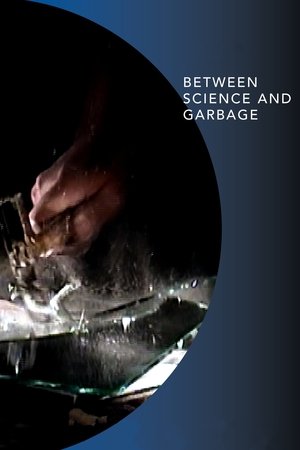 5.2
5.2Between Science and Garbage(en)
A whirlwind of improvisation combines the images of animator Pierre Hébert with the avant-garde sound of techno whiz Bob Ostertag in this singular multimedia experience, a hybrid of live animation and performance art.
Clouds(en)
Clouds 1969 by the British filmmaker Peter Gidal is a film comprised of ten minutes of looped footage of the sky, shot with a handheld camera using a zoom to achieve close-up images. Aside from the amorphous shapes of the clouds, the only forms to appear in the film are an aeroplane flying overhead and the side of a building, and these only as fleeting glimpses. The formless image of the sky and the repetition of the footage on a loop prevent any clear narrative development within the film. The minimal soundtrack consists of a sustained oscillating sine wave, consistently audible throughout the film without progression or climax. The work is shown as a projection and was not produced in an edition. The subject of the film can be said to be the material qualities of film itself: the grain, the light, the shadow and inconsistencies in the print.
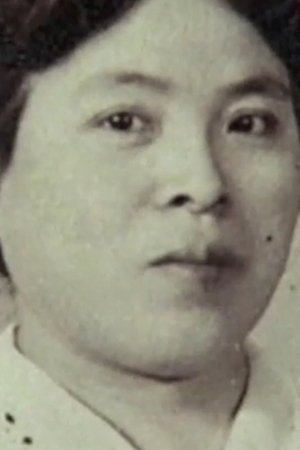 0.0
0.0The Displaced View(en)
The Displaced View traces a personal search for identity and pride, within the unique and suppressed history of the Japanese in Canada. Through an examination of the emotional and cultural links between the women of one family, the processes of the construction of memory and the re-construction of history, are revealed. Utilizing an innovative combination of experimental, dramatic and documentary forms, the film emerges as a deeply moving and compassionate love letter. Just as the official history of the Japanese Canadians has been thrown into question, so does the film’s fictionalized narrative, question documentary as truth.
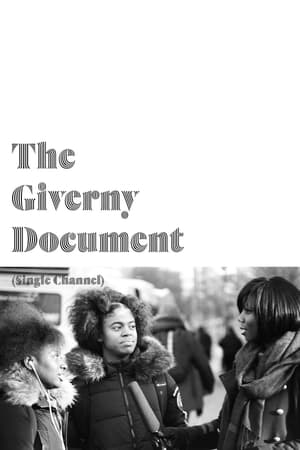 0.0
0.0The Giverny Document (Single Channel)(en)
Filmed on location in Harlem and in Monet’s historic gardens in Giverny, this multi-textured cinematic poem meditates on the bodily integrity and creative virtuosity of black women.
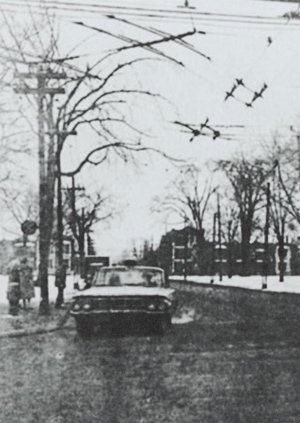 5.5
5.5One Second in Montreal(en)
A silent succession of black-and-white photographs of the city of Montreal.
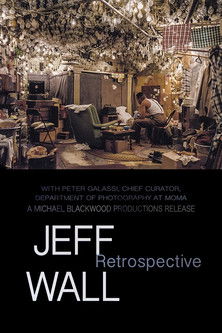 0.0
0.0Jeff Wall: Retrospective(en)
Jeff Wall is one of the most important and influential photographers working today. His work played a key role in establishing photography as a contemporary art form.
Where are the African Gods?(en)
A moving recording of the late writer and renowned jazz singer Abbey Lincoln is captured in this new film from Brooklyn-born director Rodney Passé, who has previously worked with powerhouse music video director Khalil Joseph. Reading from her own works, Lincoln’s voice sets the tone for a film that explores the African American experience through fathers and their sons.
Wè(en)
As Black and LGBTQ+ History Month begin this February, material science clothing brand PANGAIA leads celebrations with a poetic film that honors these two communities. Following a year of isolation, and with it a deeper understanding of the importance of outdoor spaces and the environment, Wè is a portrait of the self-love and acceptance we have learned to show others and gift to ourselves.
 7.0
7.0The Bomb(en)
Filmmakers use archival footage and animation to explore the culture surrounding nuclear weapons, the fascination they inspire and the perverse appeal they still exert.
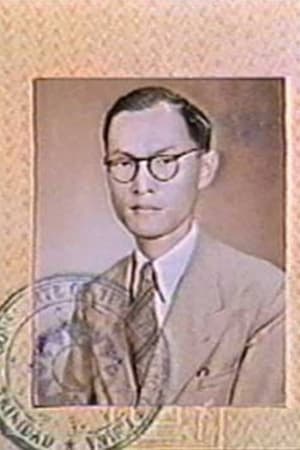 0.0
0.0The Way to My Father’s Village(en)
In the fall of 1986, Richard Fung made his first visit to his father's birthplace, a village in southern Guangdong, China. This experimental documentary examines the way children of immigrants relate to the land of their parents, and focuses on the ongoing subjective construction of history and memory. The Way to My Father's Village juxtaposes the son's search for his own historical roots, and his father's avoidance of his cultural heritage.
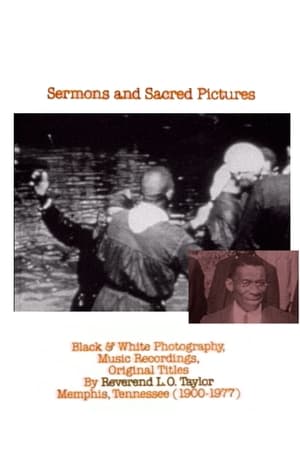 0.0
0.0Sermons and Sacred Pictures(en)
"An experimental documentary on Reverend L.O. Taylor, a black Baptist minister from Memphis, Tennessee who was also an inspired filmmaker with an overwhelming interest in preserving the social and cultural fabric of his own community in the 1930′s and 40s. I combine his films and music recordings with my own images of Memphis neighborhoods and religious gatherings" -Sachs
 0.0
0.0Thirteen Ways of Looking at a Blackbird(pt)
Taking its title from the poem by Wallace Stevens, the film is composed of a series of attempts at looking and being looked at. Beginning as a city state commission under the name and attitude of “Unschool”, the film became a kaleidoscope of the experiences, questions and wonders of a couple of high school students after a year of experiences with filmmaker Ana Vaz questioning what cinema can be. Here, the camera becomes an instrument of inquiry, a pencil, a song.
Dreams of Ice(es)
In 1992 the Universal Exhibition in Seville was held in Spain. Chile participated in this exhibition by displaying in its pavilion an ice floe captured and brought especially by sea from Antarctica. In these true facts is based the fantasy narrated in Dreams of Ice. Filmed between November 1991 and May 1992 on board the ships Galvarino, Aconcagua and Maullín, in a voyage that goes from Antarctica to Spain, in this documentary film in which dreams, myths and facts converge towards a poetic tale turned into a seafaring saga, in the manner of the legends of the seafarers that populate the mythology of the American continent and universal literature.
Brise-glace : Bateau givre(sv)
First part of the collaborative project "Brise-Glace" showing the diverse travels on the icebreaker "Frej". Directed by Jean Rouch.
 7.6
7.6Somniloquies(en)
Works with sound recordings of Dion McGregor, who became famous for talking in his sleep.
 7.3
7.3Let Us Persevere in What We Have Resolved Before We Forget(en)
On the island of Tanna, a part of Vanuatu, an archipelago in Melanesia, strange rites are enacted and time passes slowly while the inhabitants await the return of the mysterious John.
